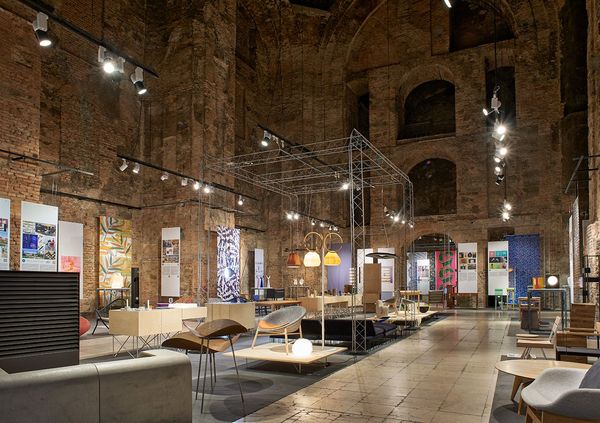It is no exaggeration to say that chocolate is known and loved all over the world. Although cocoa beans are only grown in special climatic conditions, thanks to their processing methods, they have spread worldwide. Over the centuries, we have moved far away from what was originally consumed, but it seems to be slowly regaining its luster—in this article, we get a taste of the versatile world of chocolate as well as the bean-to-bar movement.
Cocoa has long been a popular delicacy. The Mayans already made a drink called “xocolatl” from beans, to which they added spices and sugar. Due to the culture of the tea and coffee houses in Europe, it soon became popular, and from the 18th century, hot chocolate was consumed, diluted with water, milk or eggs, and the paste was also used by pharmacists to coat pills (e.g. the Belgian company Neuhaus). It was Italian chocolate makers who took over the baton, and the first chocolate factory was founded by the Fry Company in 1728 in Bristol. Solid chocolate appeared in 1847, and the Dutch Conraad Van Houten already produced cocoa powder and cocoa butter separately. In 1875, Henri Nestlé and Daniel Peter mixed milk powder into the paste to create milk chocolate, and then Rodolphe Lindt invented the conching (which is to stir the chocolate by heating), which made the chocolate even more creamy and pretty much mass-produced.

Today, it is very difficult to give a definition of what chocolate is. On the one hand, it is a food raw material, but also a finished product, which exists in chewable, drinkable and spreadable form. For example, we also make cosmetics from cocoa butter and pastilles from the paste, which can later be used in countless ways, even as an art tool. We make sweets and snacks out of it, so it can have a negative side, the sinful pleasure, even though there is really nothing unhealthy in chocolate. It has a high antioxidant content, improves cognitive functions such as memory, stimulates the cardiovascular system, and reduces the symptoms of depression and anxiety. What is harmful is the abundance of sugar and other additives that are mixed into the large-scale, store-bought versions.

Trying dozens of global brands, we simply can’t tell what chocolate really tastes like. For example, I’ve always been a fan of dark chocolates, while I found the milky versions to be inedibly sweet. However, tasting bars with high-cocoa content that are claimed to be better, I often felt like we went to the extremes and the result was bitter, burnt, featureless. I first understood how many things the result depends on at the tasting workshop of Lilla Tóth-Tatai, aka Cocoa Ambassador. She was the one who introduced me to the increasingly powerful movement called bean-to-bar. What is it exactly? Like the farm-to-table, it suggests that during the production, the manufactories follow and supervise the entire process, so they do not buy finished pastilles, but know the growers, the different production areas, and collect the raw material with careful selection, which is then sorted, roasted, peeled, crushed, conched, tempered and used seasoned or in natural form.
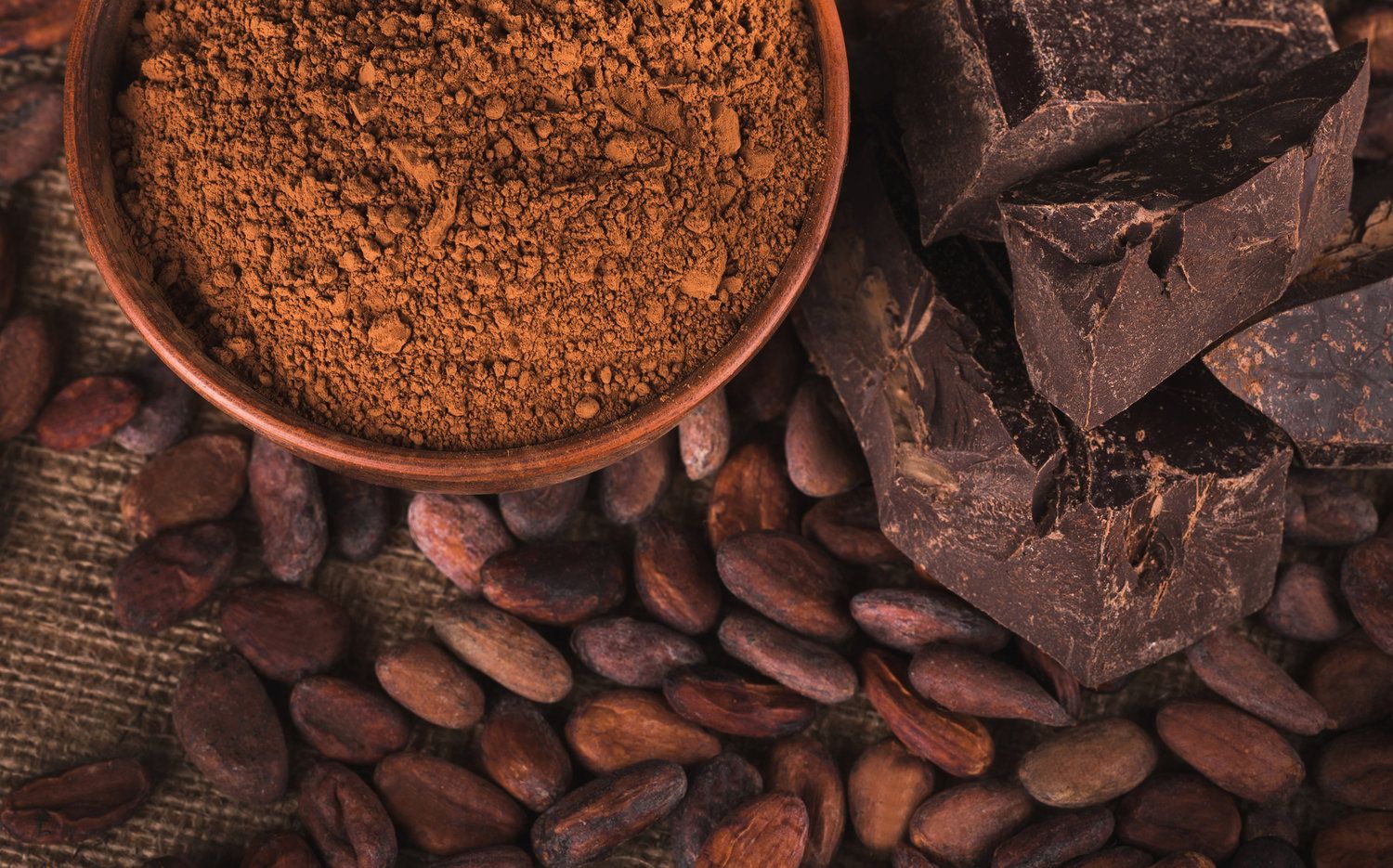
We currently know three original varieties of cocoa and 14 new ones, but their numbers are growing rapidly due to hybrids. Criollo is native to Central and South America, with a variety of flavors like arabica coffee. Forastero has a higher yield but is more bitter, so the researchers combined the two and created the Trinitario variety in Trinidad. Resistant Forastero is grown on West African plantations, producing bulk cocoa, which accounts for 95% of the world’s total cocoa crop. The 5% noble cocoa, or fine flavor, is the basis of most artisanal chocolates. Of course, there are plenty of key factors in the production process (such as fermentation), so good quality is not guaranteed if it is made from some fine flavored beans, but without proper processing. The process is as follows: when the cocoa is ripe, the fruit is harvested and then split up and placed in multi-story or plain wooden boxes, for example. Then comes the fermentation for 2-6 days, while they are rotated daily and then spread out and dried for nearly a week. They are then bagged and delivered to countless parts of the world.
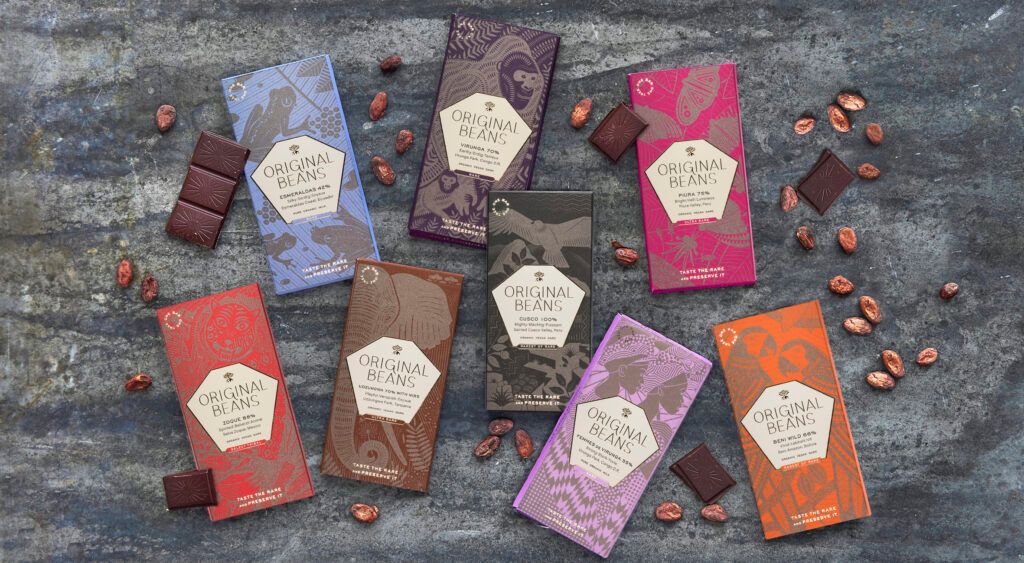
Discovering the versatility of the topic, the craft bean-to-bar movement began in America in the ’80s, attributed in part to the name of John Nancy. At that time, the guiding principle was not even the emphasis on environmental awareness or the fight against child labor, but a kind of experimentation, a geg—people started to make machines at home and then make chocolate. Over time, more and more people saw the potential in it, with purist flavors, terroir, and complete control of the process becoming important, as in the case of wines, for example. Today, several international organizations, such as ICCO, categorize different beans. In recent decades, more and more manufactories have introduced their business, such as Zotter, Pump Street Chocolate, Chocolate Tree, Menakao, ÅKESSON´S, Chocolate Naive, Pralus or Marou, which are all available in Hungary. While they may seem to be fighting a losing battle against global brands, this is not the case as the scene sticks together and dictates very serious standards. Competitions such as the International Chocolate Awards or the Academy of Chocolate ratings are accepted around the world and therefore provide a benchmark. It is worth following these, as we can also learn about various trends, for example, in addition to the previous single origin (that is, made using beans from one crop area) bars, blends are now made more boldly, and the vegan option (e.g. without milk powder or with oat milk) is becoming more popular, but dark milk, milk chocolate with a high cocoa content, was also in the spotlight. Good quality is not guaranteed by the high percentage of cocoa—the simplest way to realize this is to taste a large-scale and handmade dark chocolate in a row. Even if the percentage in the craft is lower, if we let it melt on our tongue, much more complex flavors will emerge from it, while the other will simply be bitter.
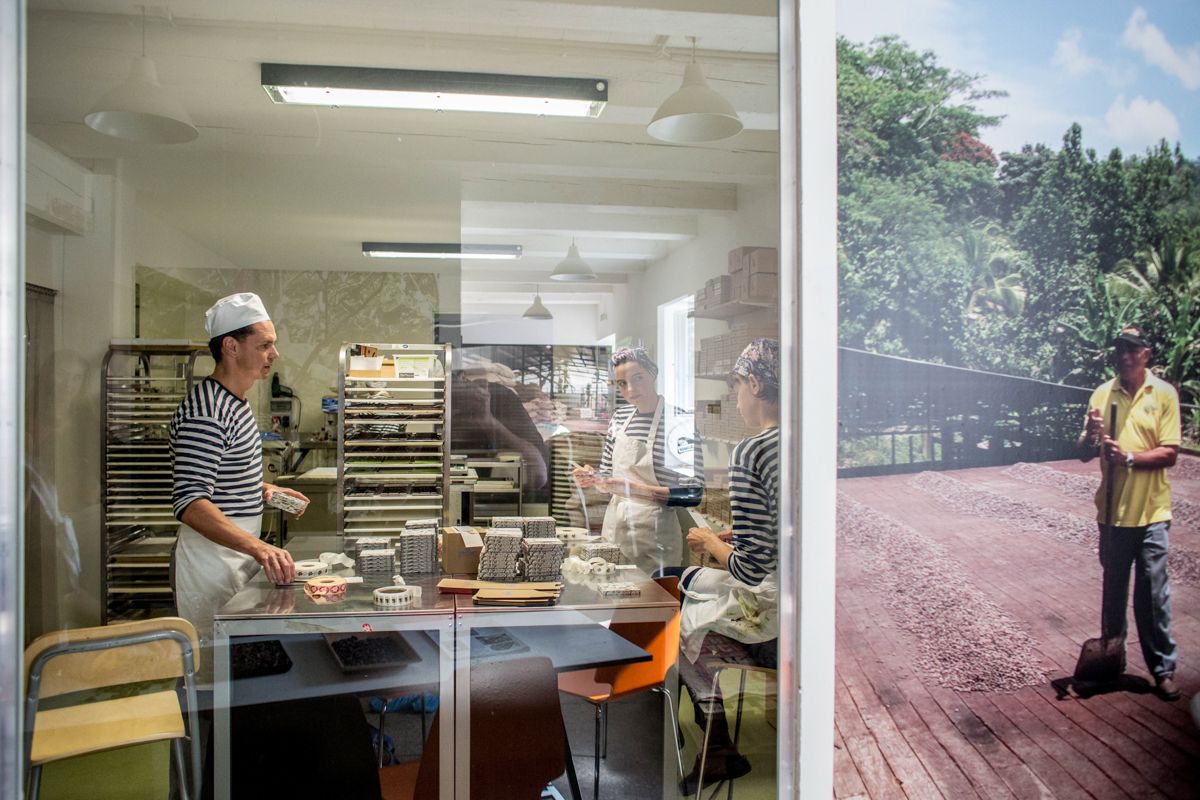
What’s really great is that there are more and more bean-to-bar brands in Hungary today. The late chocolate master Tibor Szántó, who was one of the first to open a manufactory in Szigetszentmiklós, where he also held chocolate tastings, set an example for many. The Rózsavölgyi Chocolate also became known soon, where Katalin Csiszár and Zsolt Szabad started experimenting more than 10 years ago. At first, they were engaged in making candy, but over time they were dissatisfied with the quality of the pastilles. By researching the flawless raw material and continuously developing their expertise, they became acquainted with more and more plantations and began to process the cocoa beans themselves. It is important for them to preserve the original flavors, so they have an outstanding selection of single-origin bars, such as the Madagascar Criollo made from rare cocoa beans grown in the valley of Sambirano River in Madagascar or the numbered Porcelana, but their more unusual, spiced bars are also iconic, such as the version with roasted olives and bread. The particularly beautiful paper packaging further enhances the prestige of the products—the square shape and the patterns on the chocolates evoke tiles, and the graphics on the paper also praise the work of Katalin, who previously worked as an artist in cartooning and illustration. Everything can be tasted in the workshop in Budafok, but there is also a shop in the city center.
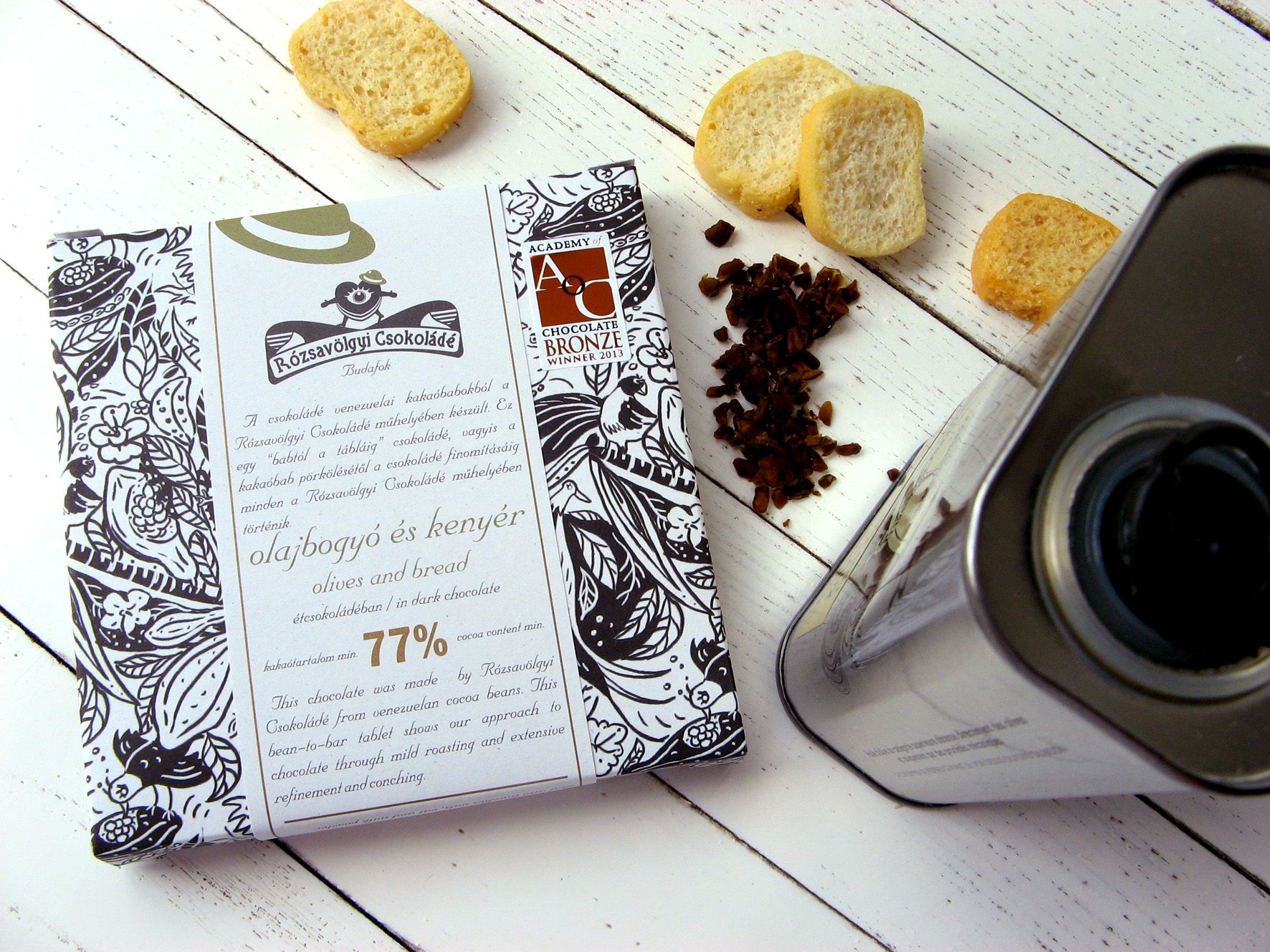
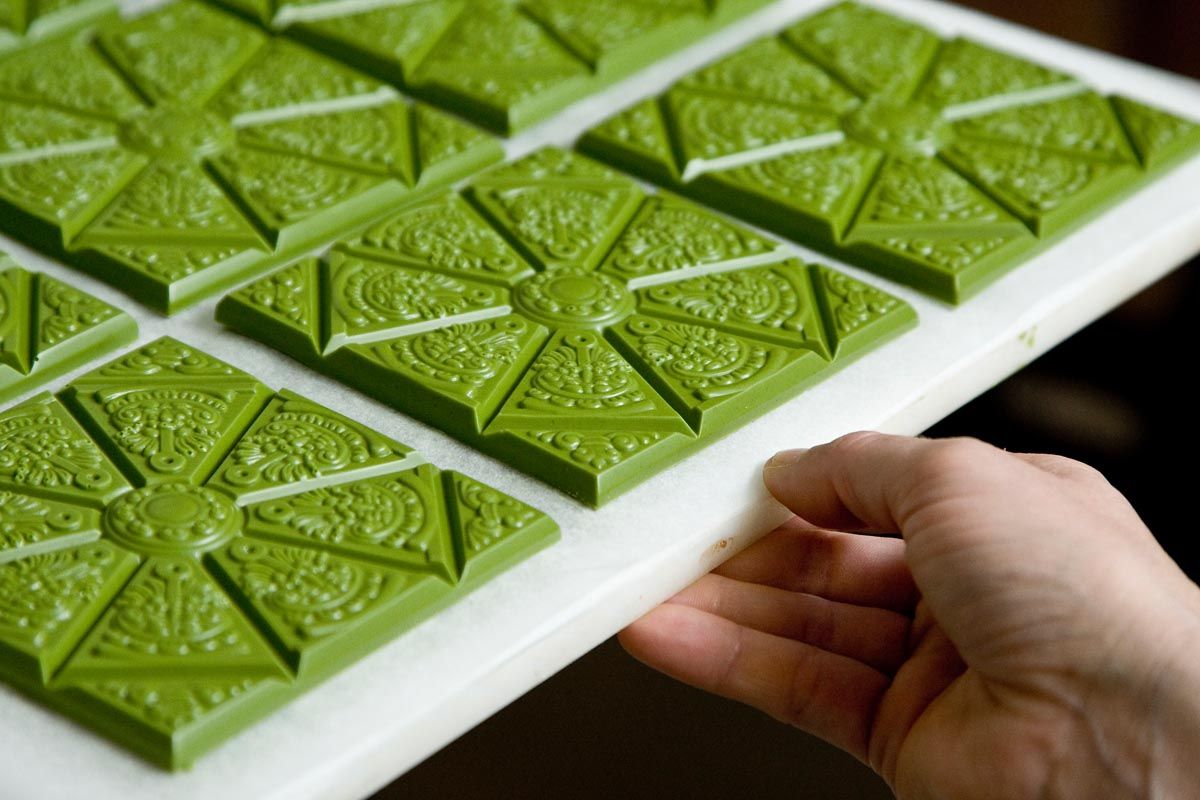

If I say Albertkázmérpuszta, maybe not much comes to your mind. However, there is a lot of work going on in the small village not far from Hegyeshalom: you can find the ChocoCard here. The two owners, Izabella Foki and Zoltán Koncos, started dealing with chocolate 10 years ago, but they didn’t like the ready-made pastilles over time. They decided they wanted to see what was going on in the plantations, they wanted to get to know this world better, and luck drove them to Nicaragua. A meeting with a cocoa farmer there resulted in a collaboration that continues to this day, and today they make products from six different beans from places they have visited themselves. It is important for them to show the original taste profiles and the difference between them (they use neither lecithin nor vanilla) and they are also proud to take on the educator role. That’s why they created the Élménypajta (Adventure Barn—free translation) next to the workshop, where they talk about the whole process of making it (they even have a mini-plantation). For the shyer, the product range with six types is now available, but I definitely recommend Zorzal from the Dominican Republic as well. A special pleasure is the many small, yet conscious details: each type is marked with an area-specific animal, and handmade paper with butter parchment and cocoa nibs is used for manual packaging.
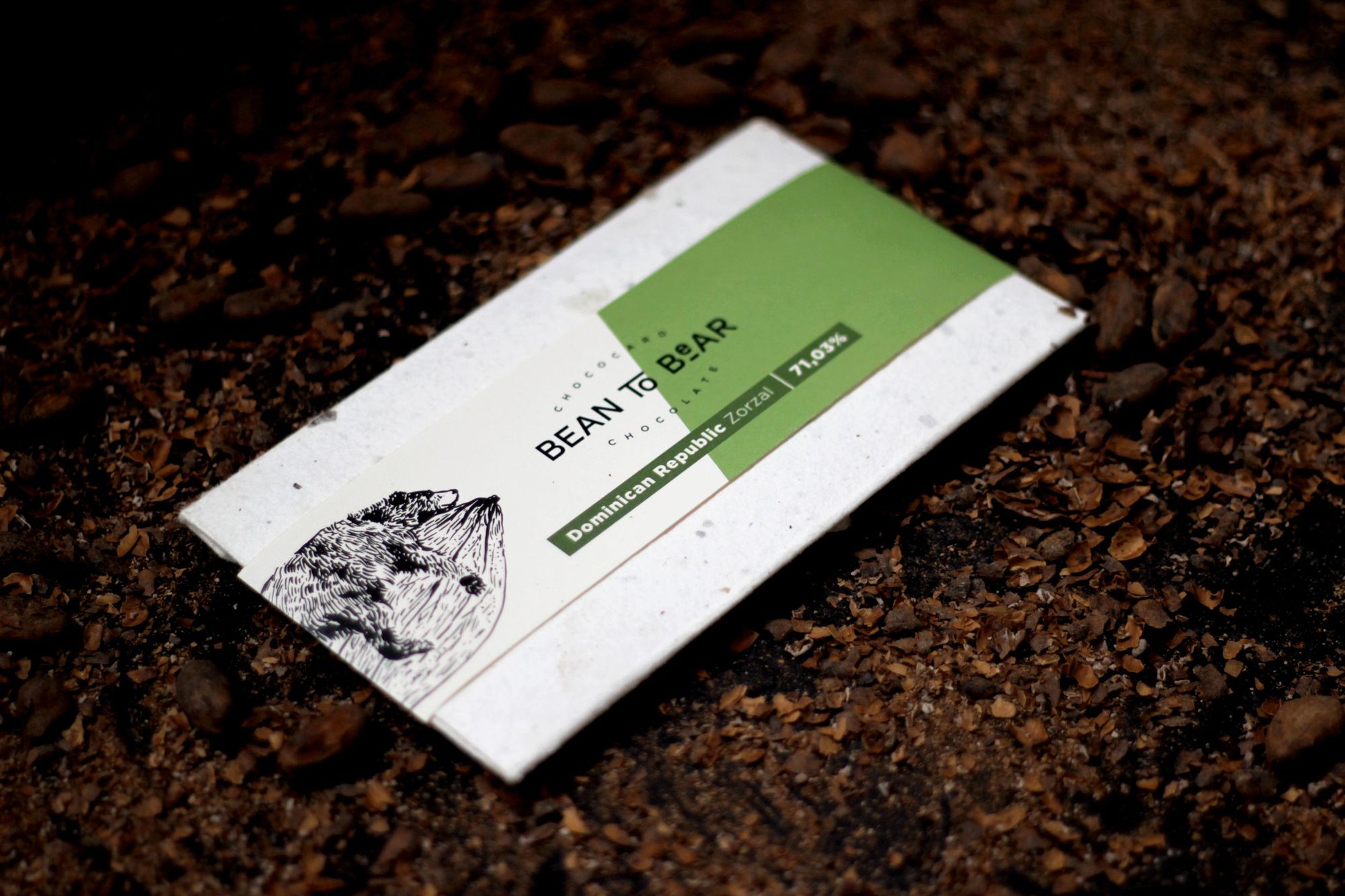

Harrer Chocolat from Sopron is also an iconic character in the genre. The grandparents of one of the owners, Karl Harrer, ran a bakery, and then the parents opened a confectionery in 1968, which still operates in Mattersburg. After Beatrix Harrer-Abosi became a member of the family, a confectionery was opened in Sopron too, 26 years ago, and in 2009, chocolate became especially important to them. Although they made candies before, they also had a need to work with even higher quality ingredients with even more care. They were driven primarily by curiosity, which, as so many times, turned into love, and the result conquered not only the judges of the profession but the general public as well. With the opening of the Csokoládéműhely (Chocolate Workshop—free translation) in Sopron, a big dream has come true: anyone can discover (and of course taste) any phase of chocolate making at guided tastings. The products of Harrer are premium, colorful and exciting—their India Malabar 71% dark chocolate, for example, has incredible yogurt-cherry flavors without milk powder and they have also attracted attention on the market with their vegetable (corn, beetroot, sweet potato, mushroom) bars. They are also pioneers in connecting with other areas of gastronomy: they make chocolate with a unique roasting profile for Attila Menyhárt, the pastry chef at Four Seasons Hotel.

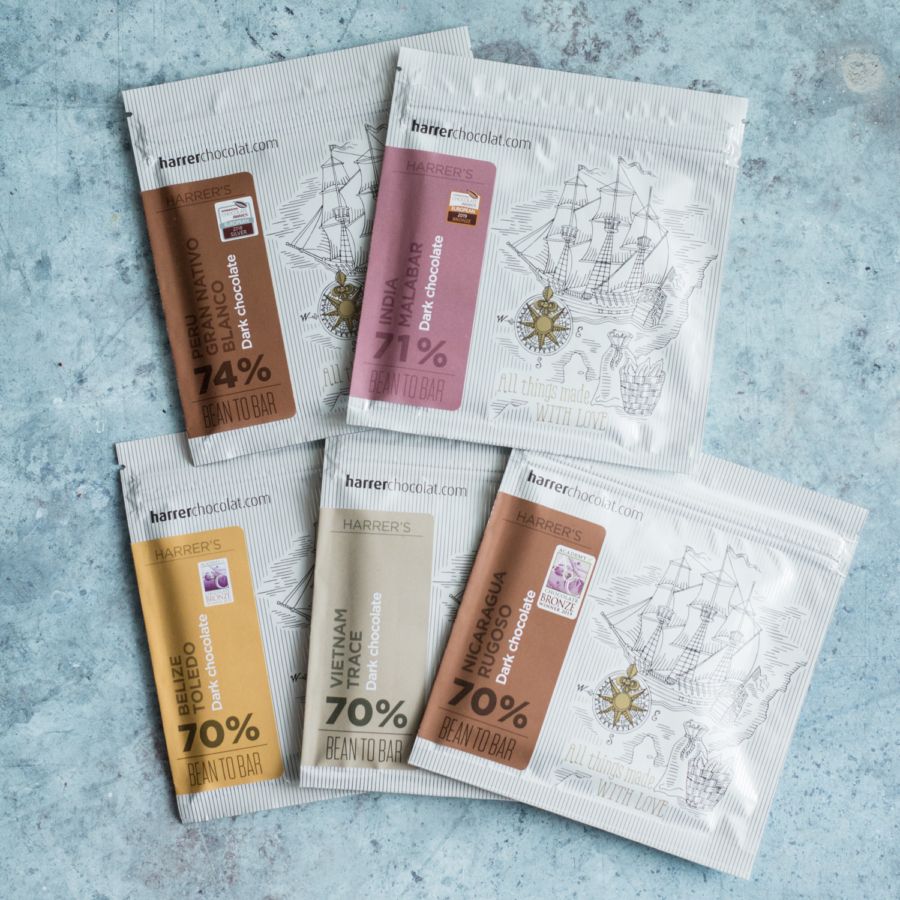
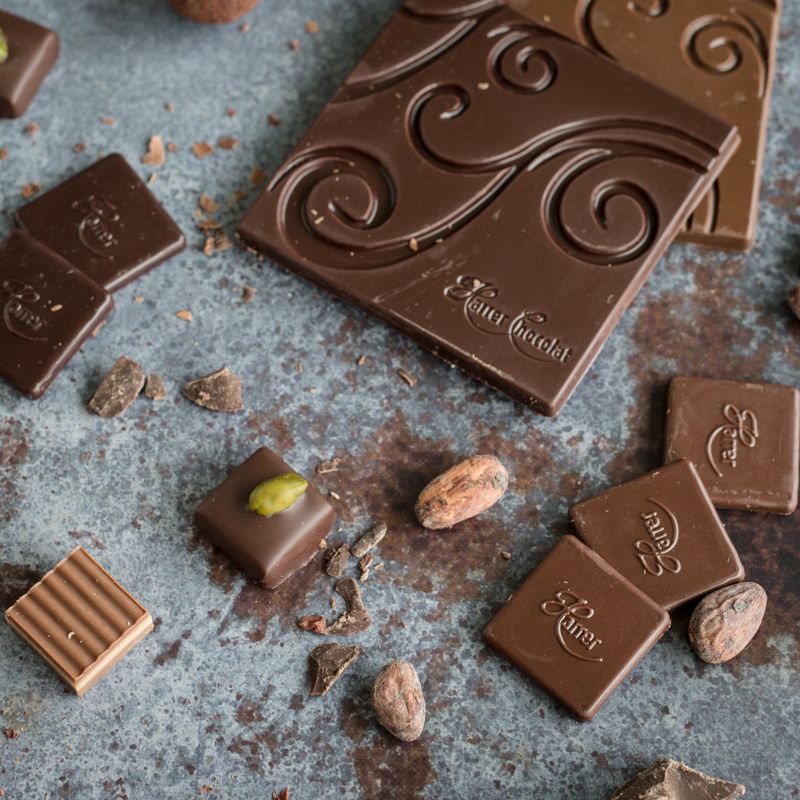
Fabric Chocolate was launched in 2012 due to a career change—Viktória Szeleczky-Takács, with a degree in communication and experience as a journalist and TV editor, wandered into the world of chocolate making, unleashing her creative self. The launch was not without its challenges and commitments, but her dedication has paid off, as, for example, the brand’s products have already been awarded eight times at the Academy Of Chocolate Awards. She currently uses beans from Madagascar, Ecuador, the Philippines and the Solomon Islands—she finds it particularly exciting how different results can be obtained from the same raw material, but through two different processes. In the products of Fabric, chocolate takes on an incredibly playful, exciting shape, making it both a premium luxury item and an easily accessible yet special source of pleasure. This is confirmed by the shape of the bars (e.g. the imprint of the houseleek mold) and the self-designed aesthetic packaging. Viktória is not afraid to experiment with spices either—her special products are the 70% Malagasy dark chocolate with tomatoes dried on raspberry balsamic vinegar, smoked cane sugar milk chocolate, or lemon-cinnamon pecan beans.
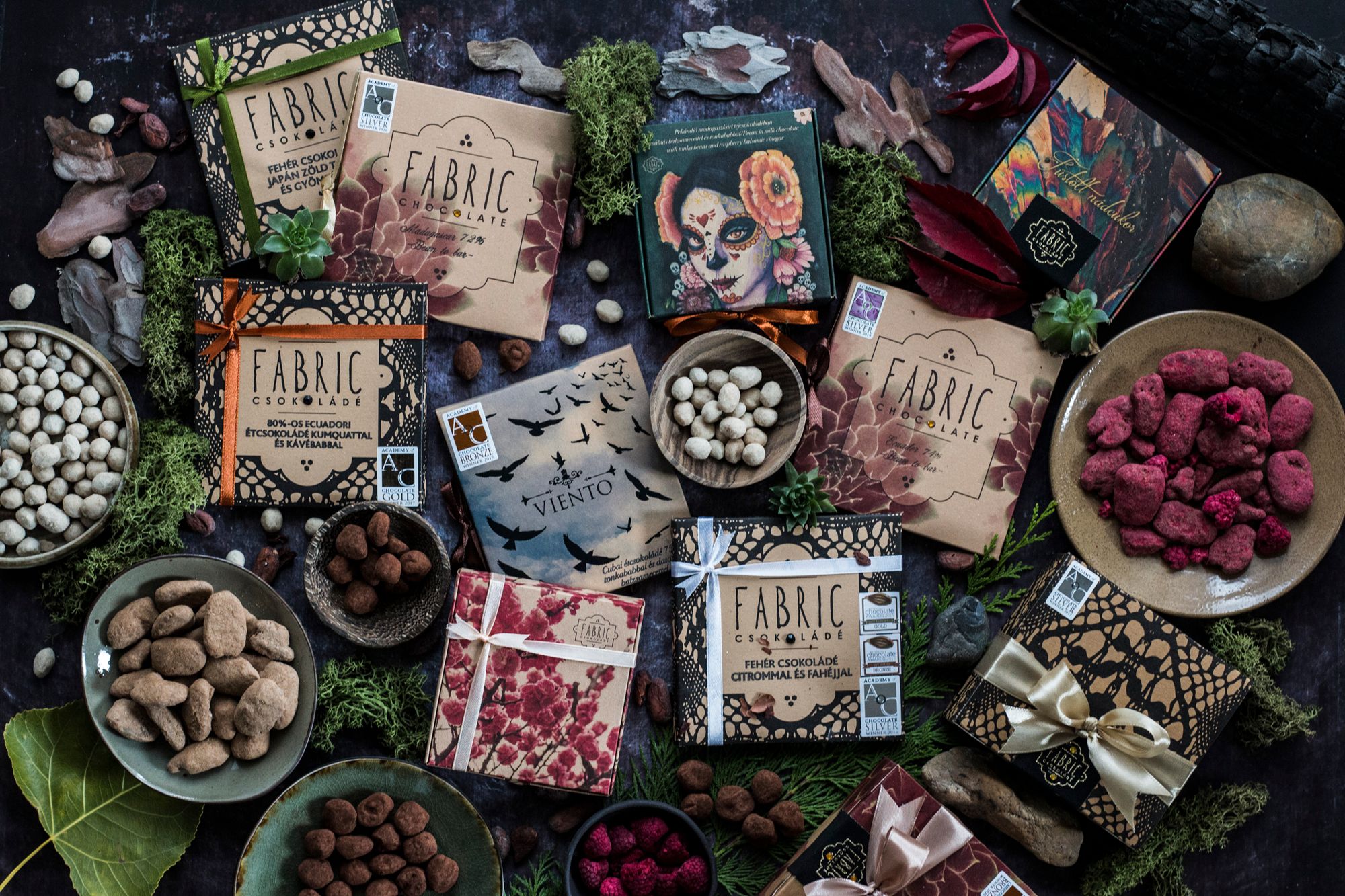


The expert who helped with the article, Lilla Tóth-Tatai, has loved sweets since she was a child. 2010 was a big turning point for her, as she met the world of chocolate making, including the world of candies, which she became in love with while getting to know the Hungarian “big ones” like Tibor Szántó or the chocoMe brand. Two years later, she moved to Cambridge, where she began working in a chocolate shop—she was soon the chocolatier of the shop, the main chocolate maker, and it was her responsibility to make her own products. She later gained more experience in Brussels. While attending the London Chocolate Festival, she became acquainted with the bean-to-bar world, and it was then that she realized that Belgian chocolate is certainly not the top category, and in fact, its preparation often involves unsustainable conditions and exploitation. Her mission is to promote the world of producer chocolates, ethical production and, of course, the reputation of Hungarian brands around the world as the Cocoa Ambassador. Today, she holds internationally recognized qualifications as a chocolate taster, works as a specialist writer and runs various workshops.
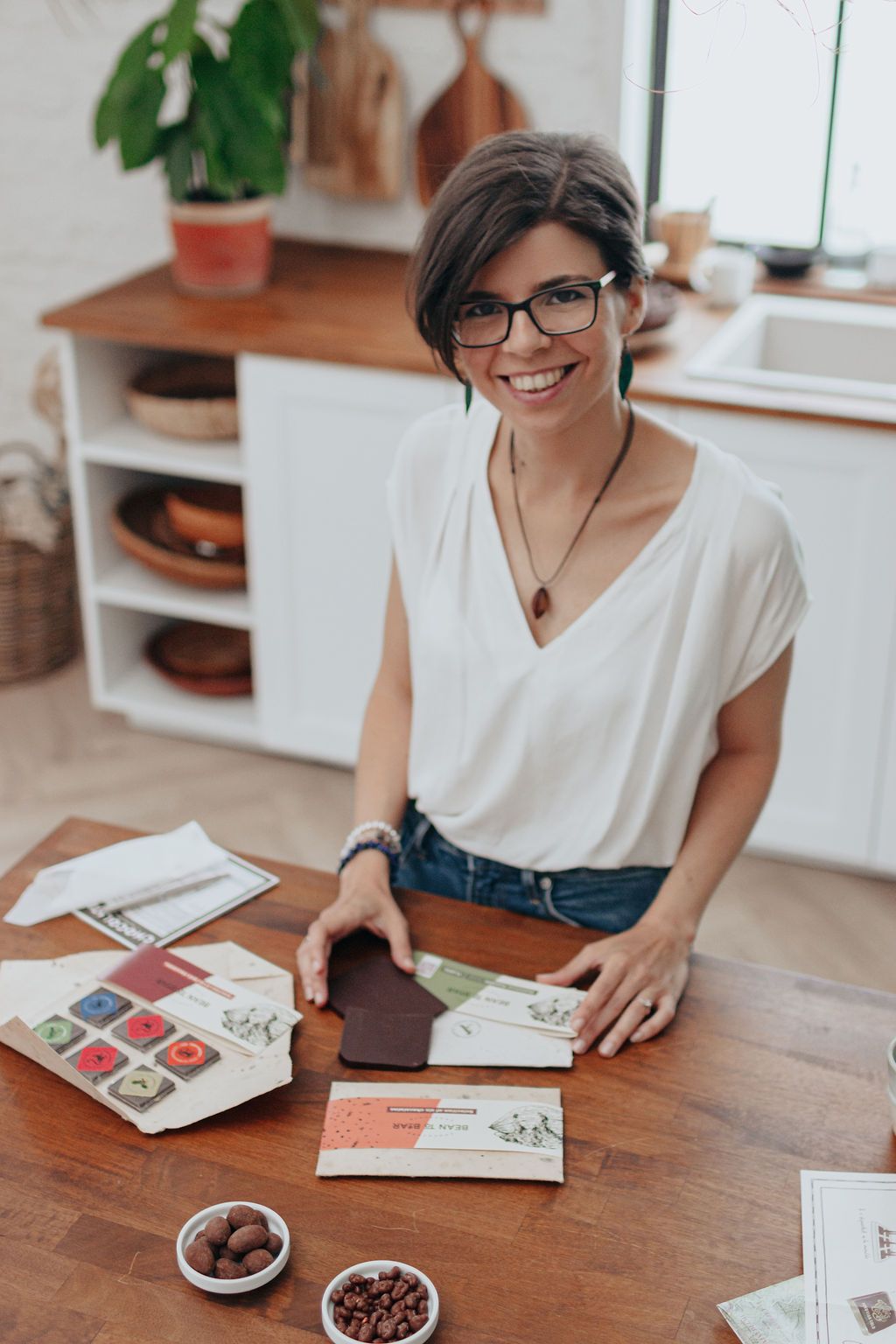
If you want to immerse yourself in this world, sign up for one of Lilla’s chocolate tastings, visit the Rózsavölgyi shops, Harrer Confectionery or ChocoCard Élménypajta, or visit one of the shops where bean-to-bar products are available: Culinaris, EndorFine, ChoCoco or the Csokoládé Outlet.
Sources of images: World Cocoa Foundation, Chocolate Alchemy, The Epoch Times, UBC NEWS, Rózsavölgyi Chocolate, Harrer Chocolat, ChocoCard, Fabric Chocolate and Lilla Tóth-Tatai.
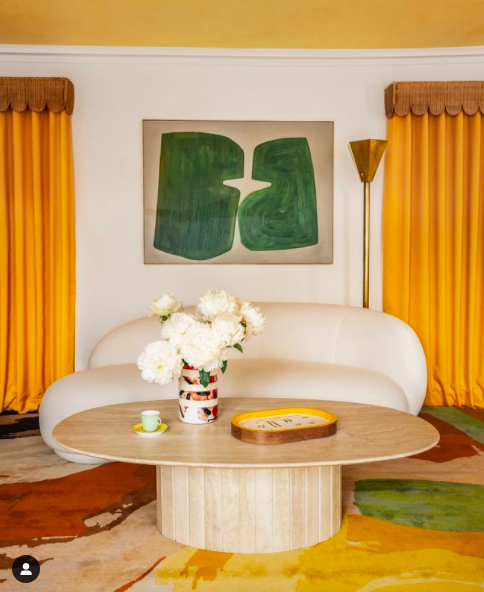
Favorite interiors of the week_85: Instagram-edition
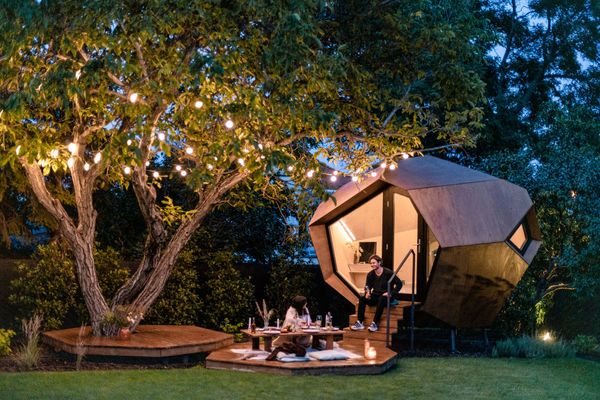
The Hello Wood WorkStation cabin won another award
